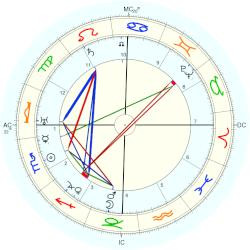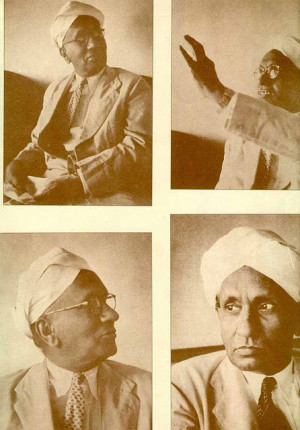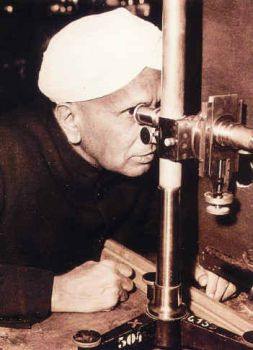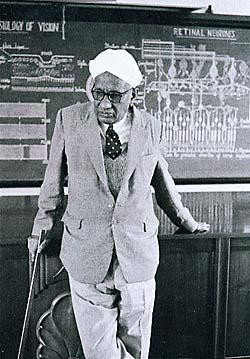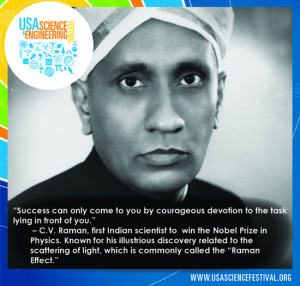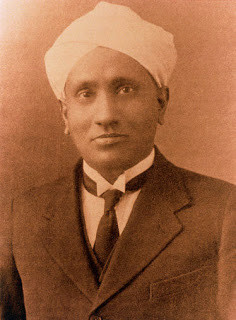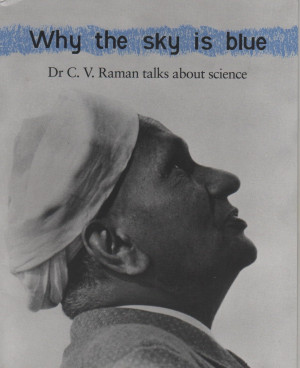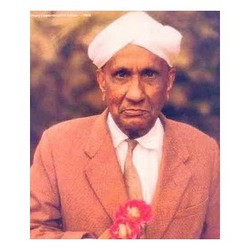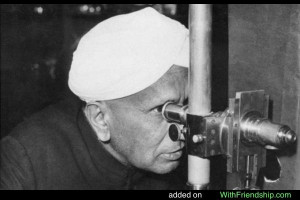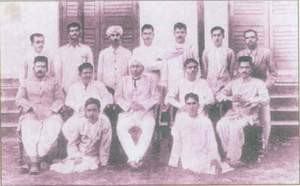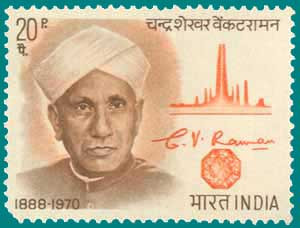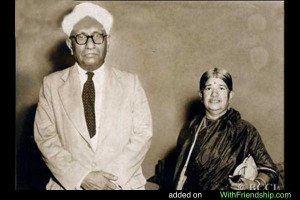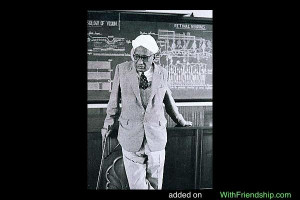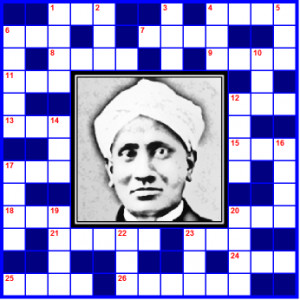C. V. Raman — Indian Physicist born on November 07, 1888, died on November 21, 1970
Sir Chandrasekhara Venkata Raman, FRS was an Indian physicist, born in the former Madras Province, whose ground breaking work in the field of light scattering earned him the 1930 Nobel Prize for Physics. He discovered that, when light traverses a transparent material, some of the deflected light changes in wavelength. This phenomenon is now called Raman scattering and is the result of the Raman effect. In 1954, he was honoured with the highest civilian award in India, the Bharat Ratna... (wikipedia)
To an observer situated on the moon or on one of the planets, the most noticeable feature on the surface of our globe would no doubt be the large areas covered by oceanic water. The sunlit face of the earth would appear to shine by the light diffused back into space from the land and water-covered areas.
When we consider the fact that nearly three-quarters of the surface of the globe is covered by oceanic water, we begin to realise that the molecular scattering of light in liquids may possess an astronomical significance, in fact contribute in an important degree to the observed albedo of the earth.




